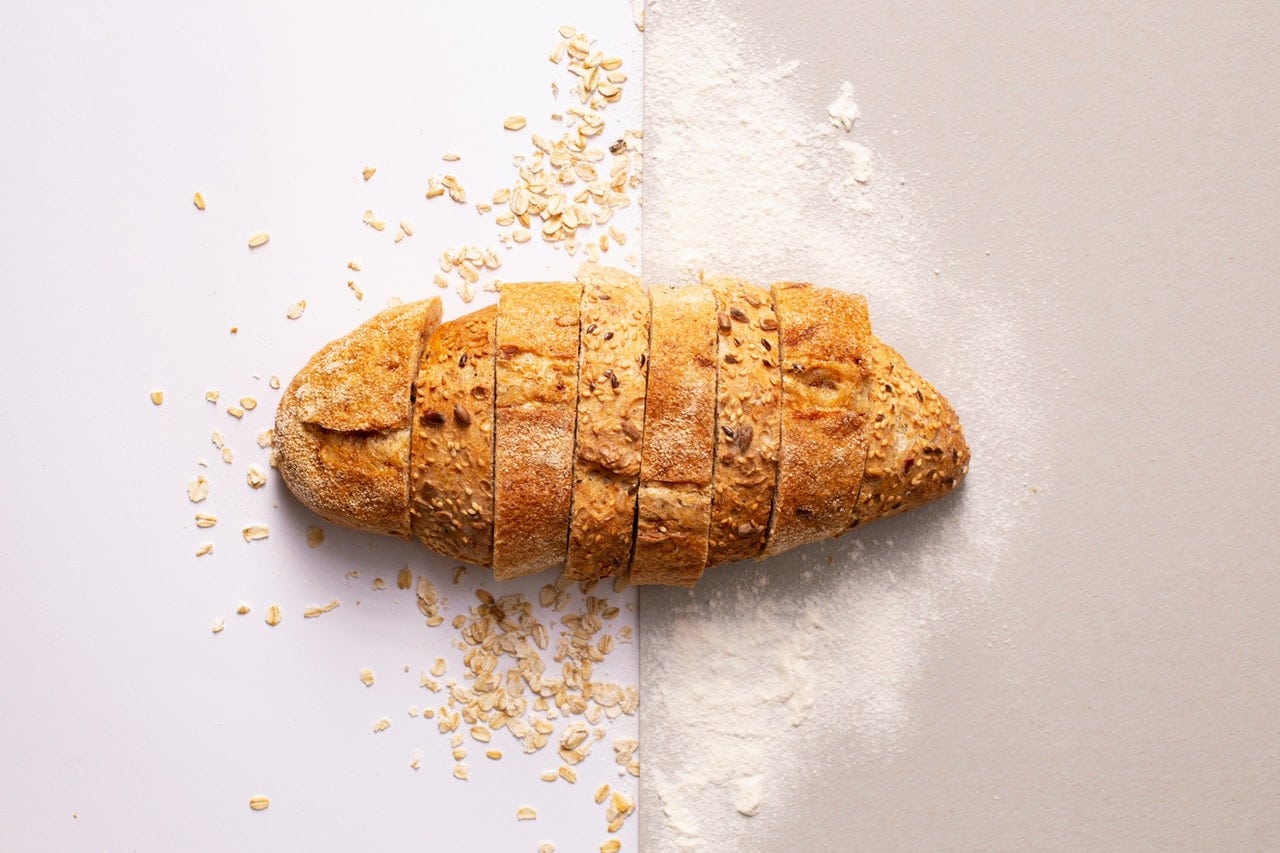Bread, whether store-bought or homemade, is a staple in many households. However, excess bread can spoil and grow molds, leading to waste. Freezing bread is an effective way to preserve its freshness and extend its shelf life. For those who enjoy artisan bread, freezing can be a lifesaver, as homemade bread typically lacks the preservatives found in commercial products.
Freezing bread not only prevents spoilage but also wards off the stale smell and taste that can ruin a good loaf. By freezing, you can enjoy fresh bread whenever you need it, without the fear of molds taking over.
How to Freeze Bread: A Step-by-Step Guide
Short-Term Freezing
For short-term storage (up to three weeks), wrap the bread tightly in plastic wrap. If it’s artisan or homemade bread, add a layer of freezer paper or aluminum foil. Commercially bought bread can usually be frozen in its original packaging. If the packaging is too loose, especially for bread rolls, repack them with plastic wrap and aluminum foil.
Long-Term Freezing
For long-term storage (up to six months), seal the bread with plastic wrap, then wrap it again in aluminum foil or freezer paper. Be sure to note the freezing date, as the quality may slowly deteriorate after six months due to freezer burn. While the bread will still be edible, its taste and texture may be compromised.
Does Freezing Bread Ruin It? Tips for Success
Freezing bread does not ruin it, but certain practices can enhance the experience:
- Slice Before Freezing: If you buy or make whole loaves, consider slicing them before freezing. This allows you to pull out individual pieces as needed.
- Avoid Refreezing: Refreezing bread that has stood at room temperature can lead to bacterial growth. Thawing it again will cause the bacteria to proliferate faster.
- Bake and Freeze: Consider baking multiple loaves at a time and freezing them. This time-saving tip can be especially useful for parties.
- Freeze Dough: It’s possible to freeze bread dough instead of baked bread. This takes up less space, and you can bake the frozen dough directly, adjusting the cooking time by about 15 minutes.
- Buy Day-Old Bread: Purchasing day-old bread at a discount and freezing it can save you up to 75% on your bread expenses.
How to Unfreeze Bread: Thawing Techniques
The simplest way to unfreeze bread is to place it in the fridge overnight. For individual slices, you can put them directly in the toaster. If you’re concerned about mold growth, you might want to understand why bread molds more quickly at room temperature.
Conclusion
Freezing bread is more than a mere convenience; it’s a practical method that allows households to preserve the freshness and quality of both store-bought and homemade bread. By understanding the proper techniques for freezing and thawing, individuals can enjoy the taste of freshly baked bread at any time without the worry of spoilage or waste. From short-term storage to long-term preservation, the freezing process offers flexibility and ensures that every slice is enjoyed to its fullest.
The guidelines provided in this article, including tips on slicing, refreezing, and even freezing dough, are designed to enhance the bread-freezing experience. Whether you’re a fan of artisan bread or looking to save on day-old bakery products, these methods can be tailored to your needs. The inclusion of links to related topics, such as bread-making machines and the role of salt in bread, further enriches the reader’s understanding.
In a world where food waste is a growing concern, the ability to freeze bread effectively contributes to a more sustainable lifestyle. By embracing these practices, you not only enhance your culinary experience but also take a step towards responsible consumption. The art of freezing bread, as detailed in this guide, is a skill that transcends mere preservation, turning everyday bread into a lasting delight.

